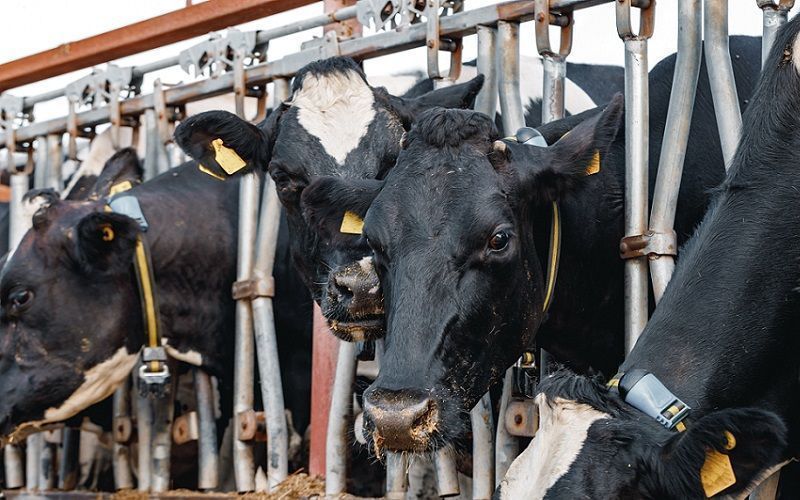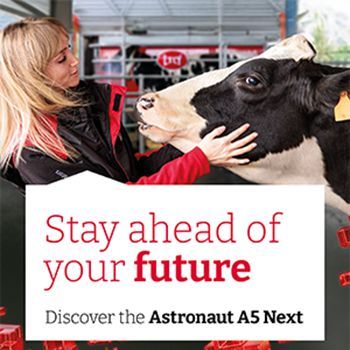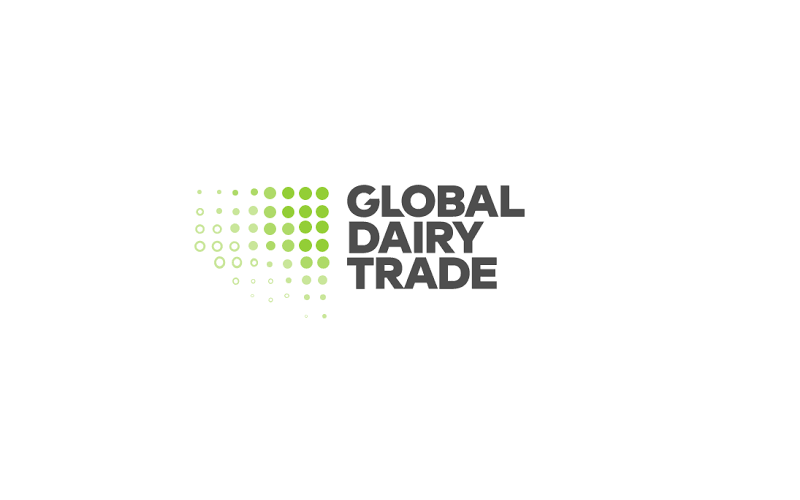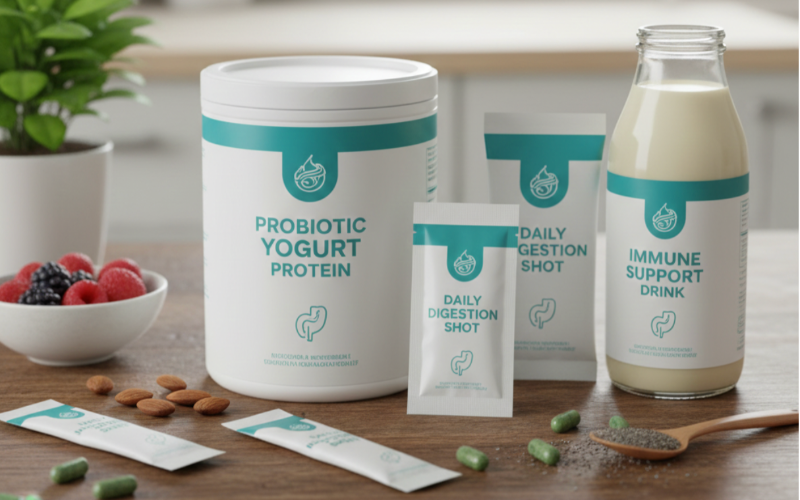European Alert: Avian Flu in Dairy Cows
Source: dairynews.today
Europe identifies potential entry points of the H5N1 avian influenza virus in dairy cows from the USA, raising alarms for livestock and animal health.

The European Union is on high alert as health authorities have identified possible entry routes for the H5N1 avian influenza genotype recently detected in dairy cows in the United States. This situation poses significant concern for the continent's livestock industry, as the spread of this virus could have grave repercussions on animal health, dairy production, and potentially public health.
Comprehensive epidemiological surveillance has been intensified across the EU to prevent the entry of the pathogen. The detection of the H5N1 virus in dairy cattle in the USA is unprecedented, as avian influenza has traditionally affected mainly poultry. Although initially not linked to a high risk to humans through pasteurized milk, it does raise questions about the virus's mutation and adaptability.
For European milk producers, this means stepping up biosecurity measures on their farms. Possible entry routes into Europe are under rigorous analysis, including the transportation of animals, dairy products, and even human movement. European agencies are working closely with their US counterparts to share information and coordinate containment strategies.
The objective is to reinforce health borders and ensure the food safety of the dairy supply chain. For the international dairy industry, this situation underscores the interconnection of markets and the need for a coordinated global response to health threats.
Constant herd monitoring, strict biosecurity protocols, and transparent communication are essential to maintaining consumer confidence and the stability of the dairy economy. Recent pandemic experiences have demonstrated the importance of early action.
Comprehensive epidemiological surveillance has been intensified across the EU to prevent the entry of the pathogen. The detection of the H5N1 virus in dairy cattle in the USA is unprecedented, as avian influenza has traditionally affected mainly poultry. Although initially not linked to a high risk to humans through pasteurized milk, it does raise questions about the virus's mutation and adaptability.
For European milk producers, this means stepping up biosecurity measures on their farms. Possible entry routes into Europe are under rigorous analysis, including the transportation of animals, dairy products, and even human movement. European agencies are working closely with their US counterparts to share information and coordinate containment strategies.
The objective is to reinforce health borders and ensure the food safety of the dairy supply chain. For the international dairy industry, this situation underscores the interconnection of markets and the need for a coordinated global response to health threats.
Constant herd monitoring, strict biosecurity protocols, and transparent communication are essential to maintaining consumer confidence and the stability of the dairy economy. Recent pandemic experiences have demonstrated the importance of early action.











